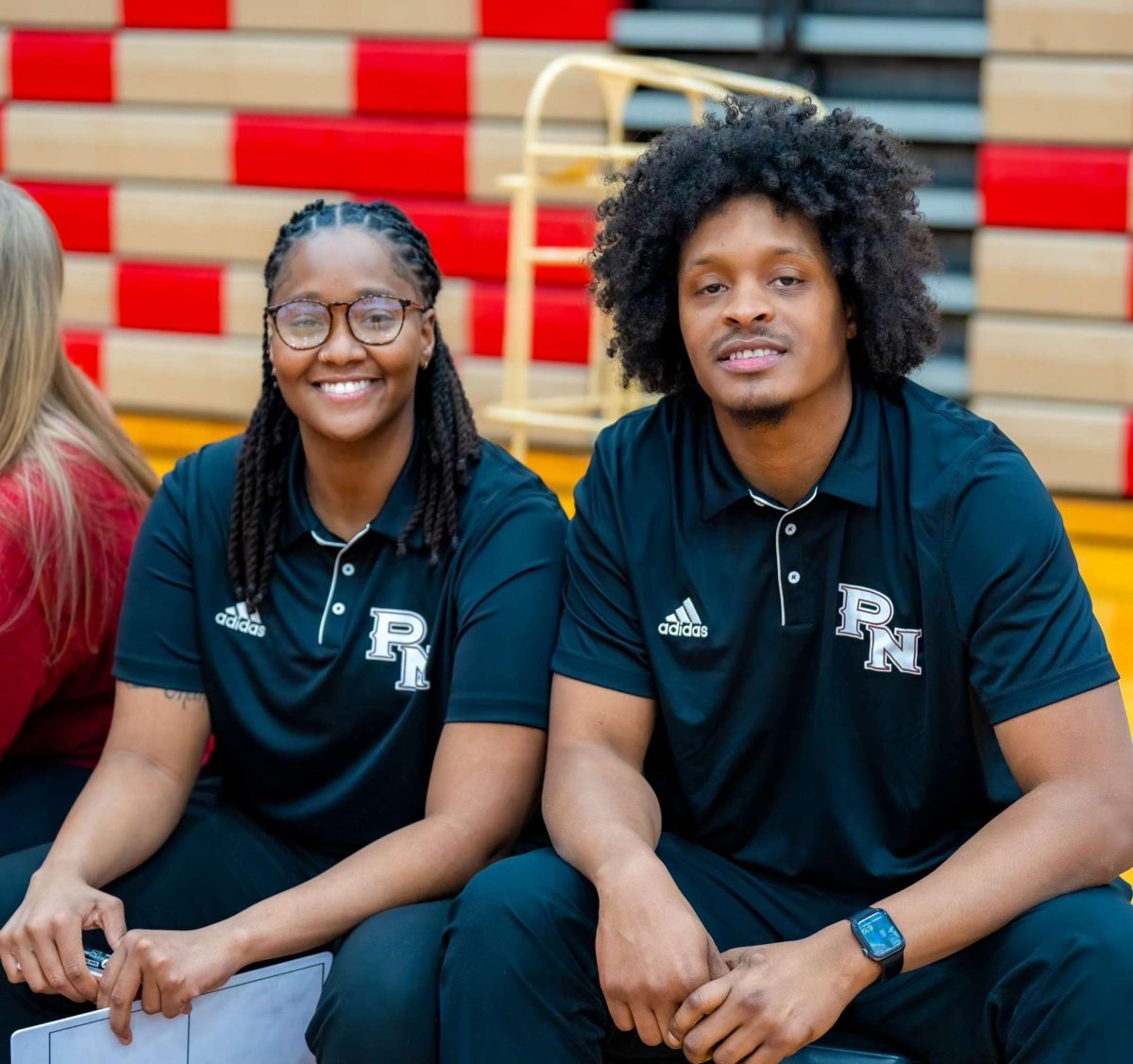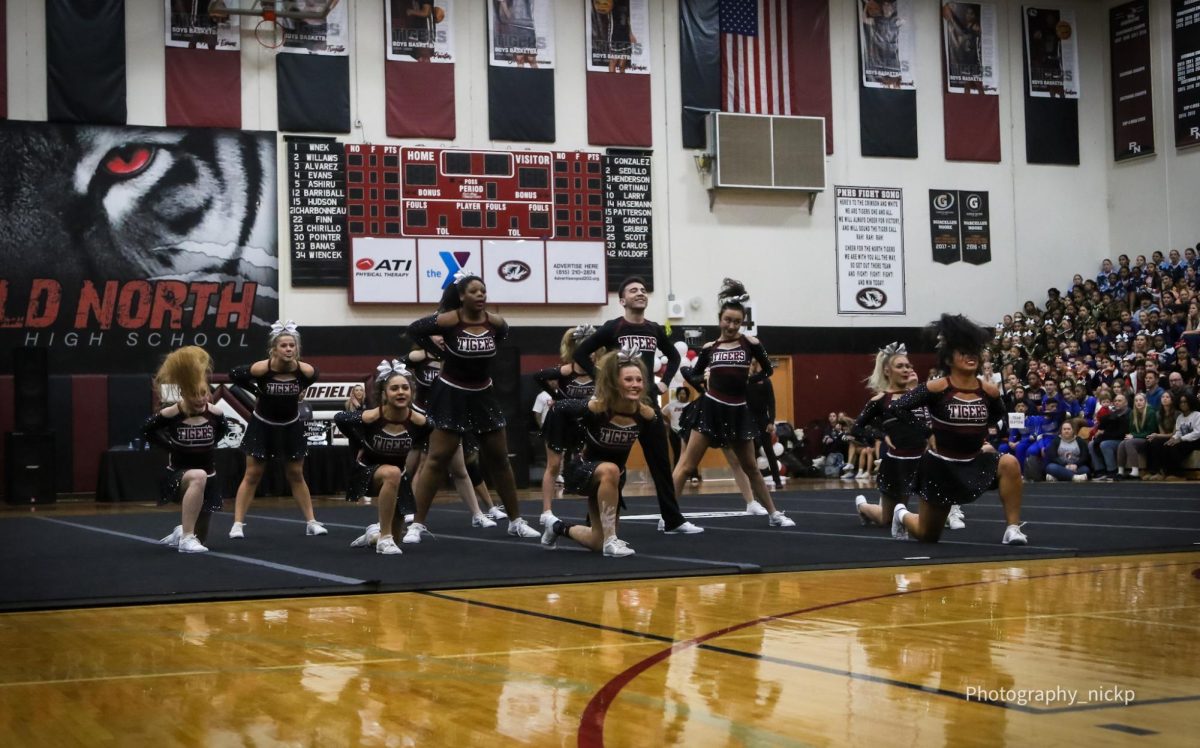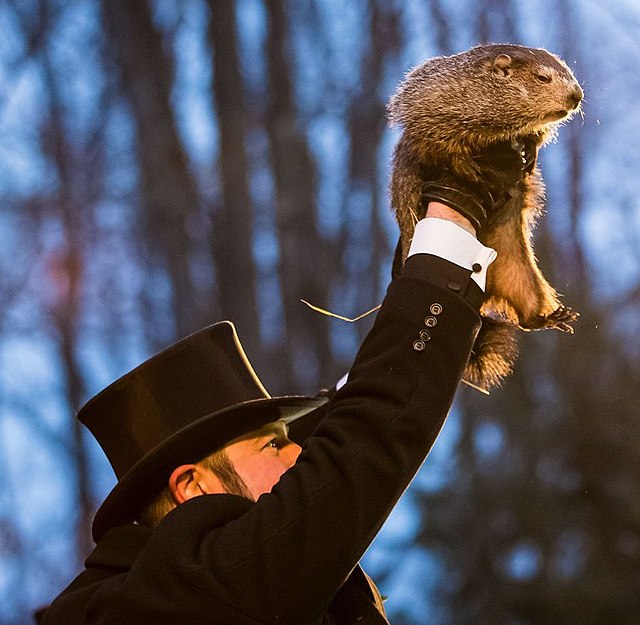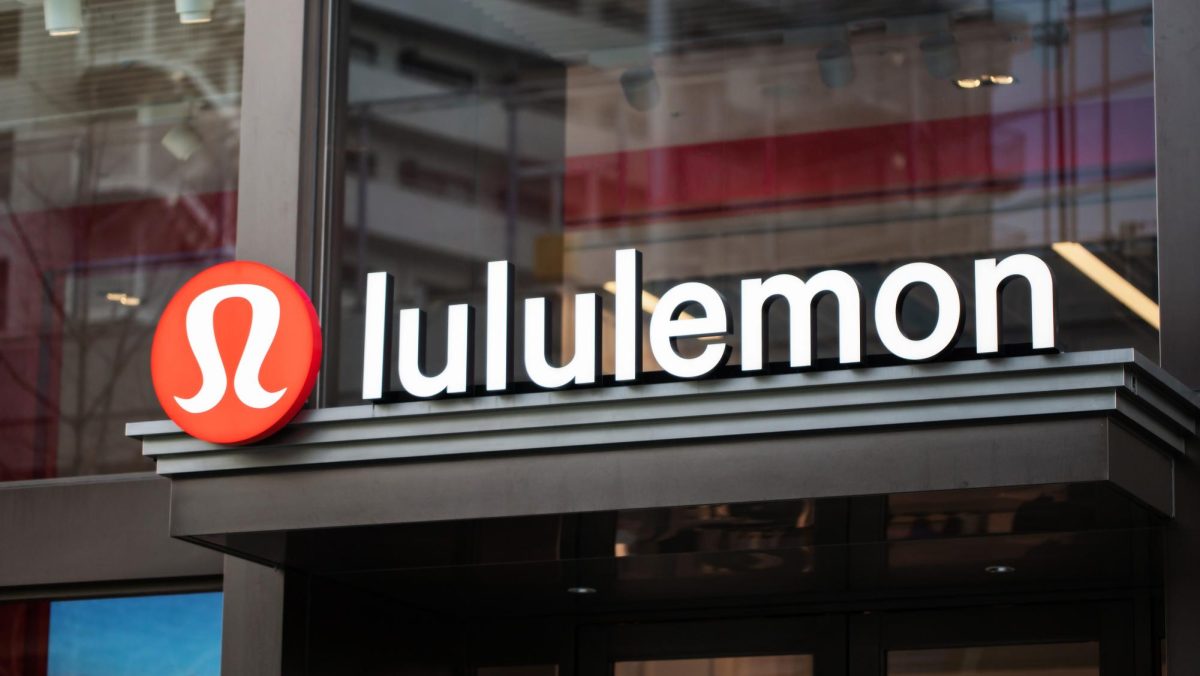Fashion: what’s old becomes new again
May 13, 2021
We all have had that universal experience of looking at clothes in our parents’ closet, seeing old photos at their senior proms or at college parties, and thinking “What is that?” or “Wow! That is one ugly shirt.” But, as time goes on, fashion changes, and suddenly those bell bottoms, shoulder-padded blazers and flashy prints start to look fun.
This year, trends from the ‘70s, ‘80s, ‘90s, and even as recent as the early 2000s have blown up, and we’re loving it.
Fashion club president Nicole de Guzman has been liking ‘70s-esque matching sets.
“I just think [they’re] super easy and efficient,” de Guzman said. “I love how it makes you look put together without having to put a lot of effort into it.”
1970s trends, in general, have been gaining popularity across all platforms. Fashion Club’s social media manager junior Audrey Rux has also been a fan.
“I think flared pants are flattering and can spice up any outfit,” Rux said. “Silk scarfs are my new favorite accessory to add to an outfit, and I am so glad it was brought back.”
Some trends have been less universally embraced, though. More recent eras of style, such as Y2K fashion, have been hit or miss among teens.
“I love that people have started dressing like the Y2K era lately [such as] low rise pants, track suits, tiny accessories,” fashion club secretary sophomore Nichole Ogbeide said. “I feel like the style is pretty versatile and has lots of personality.”
However, opinion on Y2K fashion varies. Not everyone feels that they can rock a low-rise jean or tracksuit.
“I’m not really feeling the whole “Y2K” vibe,” de Guzman said. “There’s absolutely nothing wrong with it. I just don’t think it would look good on me.”
Fashion club treasurer Tvisha Baxi agrees with de Guzman.
“I do not like the low-waisted jeans trend or animal prints,” Baxi said.
Y2K has been on the rise, with appearances in both Alexander McQueen and Herme’s fall 2020 runway shows, despite its controversy.
According to Vogue Fashion News and emerging platforms editor Steff Yotka, Y2K style along with retro style and ‘80s style were among the top fashion trending searches on Google last year.
A major source of these booms has been quarantine and social media. Quarantine inspired more creativity and self-expression, and the use of social media apps like TikTok have become a hub for fashion inspiration.
“People were comfortable to show their unique styles on social media, something that isn’t as easy to do in person,” Baxi said. “Social media also gave people the chance to construct their own inspiration for outfits based on their style rather than specific brands pushing the fashion industry.”
Rux agrees with Baxi. “ I strongly believe that social media affects what clothing/styles become trendy and popular at the time,” Rux said. “Many people see outfits they like from Instagram, Pinterest or TikTok, and it makes them want to try it out as well. Social media is so strong that anyone can post a cute outfit, and then two days later it is a trend that many people want to partake in.”
But how do these trends resurface in the first place?
In the article “How the 20-year rule predicts how you’ll dress” woodbury.edu, trend forecaster Geraldine Wharry discusses the nostalgia factor of fashion.
“Fashion is about storytelling and drama and theatricality, so there’s always the element of pulling stories from the past,” Wharry said. “It’s a starting point for designers to look to past references for design inspiration. There’s something familiar and comforting about looking back.”
Rux agrees, adding the element of inspiration from our parents, their old photos and old wardrobes.
“People find comfort in wearing something that was a trend during their parents’ time,” Rux said. “People see pictures or shows with that clothing and it inspires them to try that certain trend.”
With the rise of sustainable shopping, thrifting and online vintage websites, looking into the past has become increasingly prominent.
“People started thrifting and upcycling clothes a lot during quarantine, and I think seeing so many vintage pieces opened the door for inspiration,” Ogbeide said.
Sustainability and thrifting will continue to be on the rise according to Woodbury University Marketing and Fashion Marketing Chair Wendy Bendoni.
“Second-hand shopping is already on the rise and may replace fast fashion as early as 2030,” Bendoni predicts.
These trends are easily found at thrift stores due to the fashion cycle, retail scientist Jeanel Alvarado explains in her article on the five stages of the fashion cycle.
“The fifth and last stage of the fashion cycle is the ‘obsolescence stage’ which is “When a very strong dislike has been made for the style, it can no longer be sold at any price, the fashion is now obsolete,” Alvarado said. “At this stage, you will find the item at thrift shops, vintage stores, and other discounted or bargain stores.”
With the rise of secondhand shopping and sustainable fashion, these vintage pieces become more accessible than ever.
So what will be trending soon?
Our trends today may “resurface again when the next generation is inspired by their parents who wore them,” Rux said.






